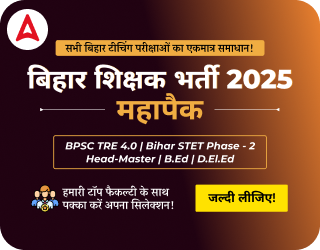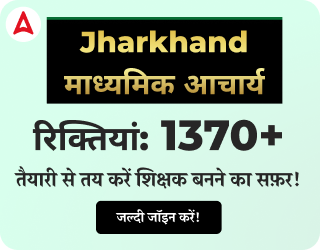Table of Contents
The Uttar Pradesh Secondary Education Services Selection Board (UPSESSB) is all set to conduct the UP TGT Exam 2025, and candidates targeting the Sanskrit teaching post must thoroughly understand the UP TGT Sanskrit Syllabus 2025. This syllabus outlines all the essential topics that will be covered in the exam, helping aspirants streamline their preparation and stay focused.
By going through the syllabus in detail, candidates can identify high-weightage topics, prioritize their study time effectively, and build a strategic preparation plan. A clear understanding of the syllabus not only keeps preparation goal-oriented but also boosts confidence, ultimately enhancing performance in the exam.
UP TGT Sanskrit Syllabus 2025
Candidates preparing for the UP TGT Sanskrit Exam 2025 should focus on core areas like Sanskrit literature, grammar, and teaching methodology. The syllabus includes important sections such as prose, poetry, drama, grammar rules, and widely used Sanskrit maxims (Subhashitas), providing a well-rounded understanding of the subject. This structured syllabus helps aspirants identify topic-wise distribution and section-wise weightage, making it easier to plan a focused study strategy. Mastering these areas not only improves accuracy but also builds a strong foundation, enabling candidates to approach the exam with confidence and clarity.
UP TGT Sanskrit Syllabus: Outline
The UP TGT Sanskrit Syllabus 2025 is a crucial resource for candidates aiming to secure a Trained Graduate Teacher position in Sanskrit. This comprehensive and well-structured syllabus is designed to test proficiency in Sanskrit literature, grammar, and teaching methodology. It offers a clear and organized roadmap, helping aspirants focus their preparation on the most relevant topics. By understanding the syllabus thoroughly, candidates can streamline their study efforts, prioritize high-weightage areas, and enhance their chances of success. Below is a detailed breakdown of all the important topics and sections covered in the UP TGT Sanskrit Exam 2025.
| UP TGT Sanskrit Syllabus 2025 | |
| Recruitment Name | UP TGT PGT Teacher Vacancy 2025 |
| Origination Name | Uttar Pradesh Secondary Education Service Selection Board |
| Advertisement No. | Advt No. 01/2022 |
| Selection Process | Written Exam, Interview |
| Section | UP TGT Sanskrit Syllabus |
| Syllabus Sections | Prose, Poetry, Drama, Grammar, Sanskrit Sayings |
| Exam Date for TGT | 21-22 June 2025 |
UP TGT Sanskrit Syllabus in Detail
The UP TGT Sanskrit Syllabus 2025 covers a broad spectrum of topics designed to build a strong foundation in the Sanskrit language and its rich literary heritage. The exam aims to evaluate a candidate’s command over classical Sanskrit texts, core grammar concepts, and teaching strategies. Key areas include prose, poetry, and drama, alongside vital grammatical topics such as sentence structure, word formation, and verb conjugation. To succeed in the exam, candidates should focus on both literary appreciation and language accuracy. A solid grasp of these concepts will not only improve their performance but also boost confidence in tackling different question formats.
| UP TGT Sanskrit Syllabus in Detail | |
| विषय | विवरण |
| पद्य, पद्य, नाटक | कादम्बरी (पूर्वार्धम्), विक्रमोर्वशीयम् (प्रथम तो भाग), श्रीरामचरितम् (प्रथम सर्ग), मेघदूतम् (पूर्वी), नीति शतकम् (पूर्वी), अभिज्ञान शाकुन्तलम् (चतुर्थ अङ्काध्याय), उत्तररामचरितम् (तृतीय अङ्काध्याय) |
| संस्कृत व्याकरण | सन्धि, समास, कारक, सन्नन्तर |
| संज्ञा रूप | अकारान्त, इकारान्त, उकारान्त, ऋकारान्त पुल्लिंग, स्त्रीलिंग, नपुंसकलिंग |
| सर्वनाम रूप | सर्व, तद्, किम्, युष्मद्, इदम्, अस्मद्, अन्यत् |
| संस्कृत संख्याएँ | 1 से 100 तक |
| धातु रूप (लकार में) | भू, गम्, पठ्, दा, नम्, कृ, वृत्, क्री, दिव्, जन्, दृश्, रक्ष्, स्मृ, दुह् |
| संस्कृत सूक्तियाँ | संस्कृत सुभाषित एवं नीति वाक्य |
| वाक्य रूपान्तरण | पद परिवर्तन, वृत्ति प्रकार |
| शिक्षण विधियाँ | व्याकरण, अनुवाद, एवं शिक्षण की विधियाँ |
UP TGT Sanskrit Exam Pattern 2025
The UP TGT Sanskrit Exam 2025 is designed to evaluate a candidate’s command over Sanskrit literature, grammar, and teaching methodology. It ensures that aspiring teachers have a strong grasp of both classical texts and contemporary language use relevant to the school curriculum. The exam is conducted in a multiple-choice question (MCQ) format, covering key areas such as prose, poetry, drama, grammar, and popular Sanskrit maxims (Subhashitas). To succeed, candidates need a deep understanding of literary works, solid grammatical knowledge, and accuracy in sentence construction. Since the competition is tough, building a focused, section-wise study plan is essential for maximizing scores and improving chances of selection.
| UP TGT Sanskrit Exam Pattern | |||||
| Examination Scheme | Total Questions | Marks per Question | Total Marks | Exam Duration | Answer Options per Question |
| 125 MCQs | 4 marks | 500 marks | 2 hours | 4 options (only 1 correct) | |
| Question Type | Multiple Choice Questions (MCQs) | ||||
| Marking Scheme | No negative marking | ||||
| Compulsory Questions | All questions are compulsory | ||||
| Focus Areas | Indian Art, Painting Styles, Art History, Principles of Composition | ||||
UP TGT Sanskrit Syllabus 2025 PDF Download
The UP TGT Sanskrit Syllabus 2025 PDF is an essential resource for candidates preparing for the exam. It provides a detailed breakdown of the topics covered under each section, offering clarity on what to focus on. By downloading the PDF, candidates can easily access all necessary information, allowing them to streamline their preparation.
UP TGT Sanskrit Syllabus 2025 PDF Download

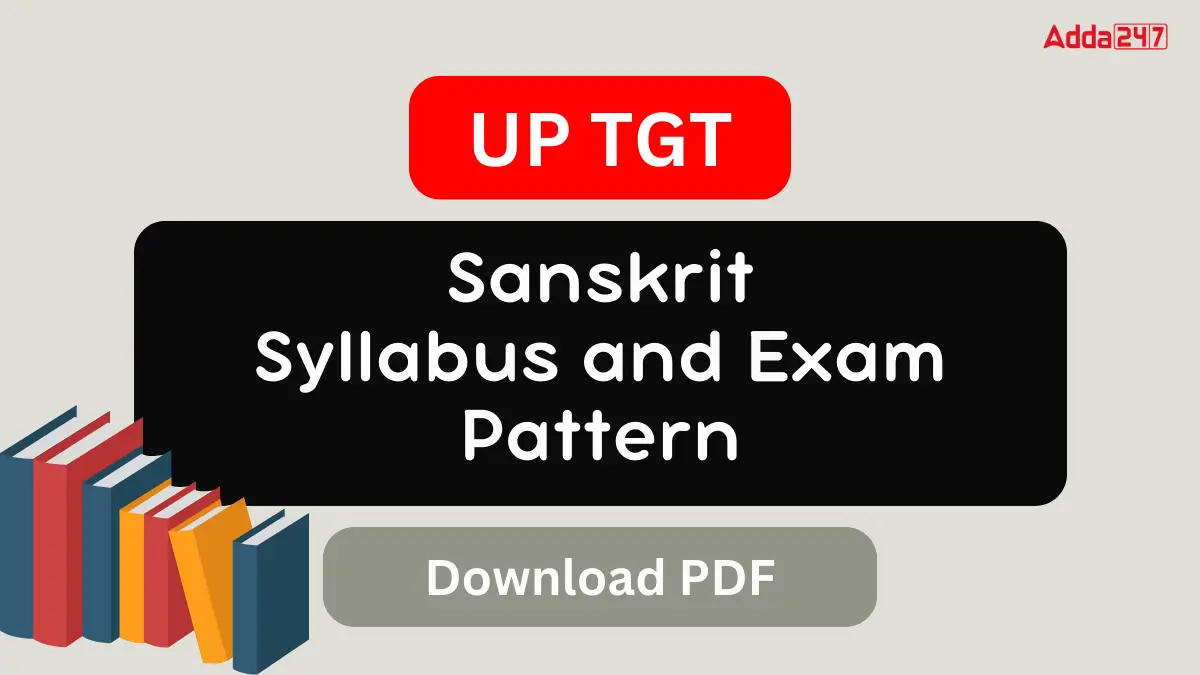
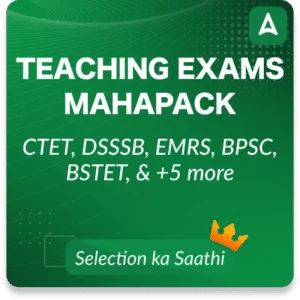

 Phases of Teaching - Stages of Teaching ...
Phases of Teaching - Stages of Teaching ...
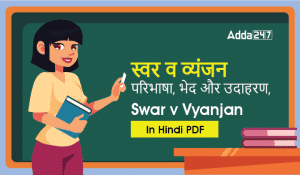 स्वर व व्यंजन - �...
स्वर व व्यंजन - �...
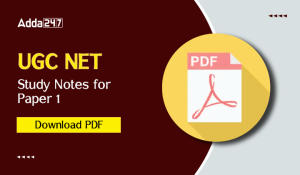 UGC NET Study Notes for Paper 1, Downloa...
UGC NET Study Notes for Paper 1, Downloa...



